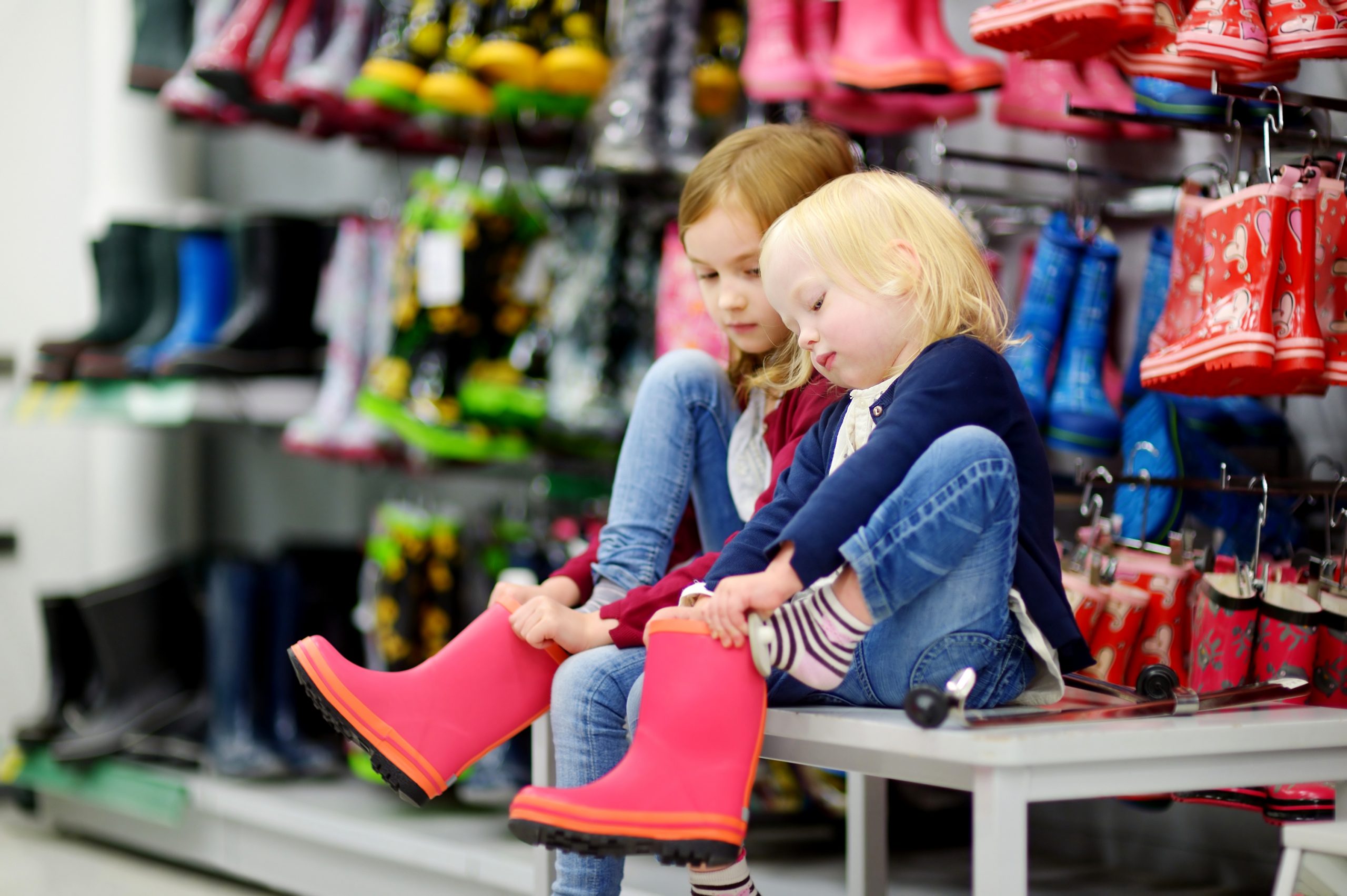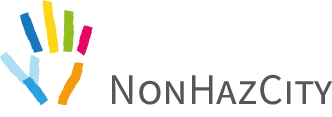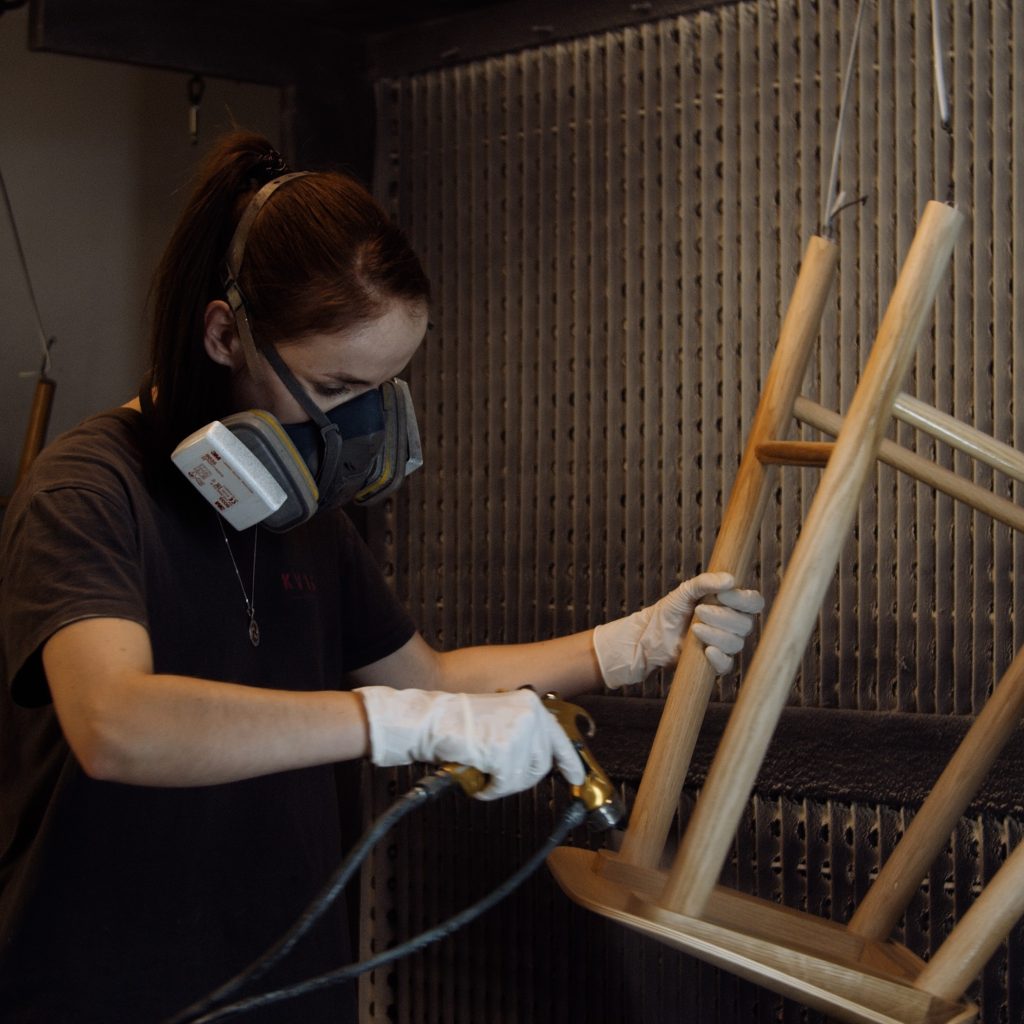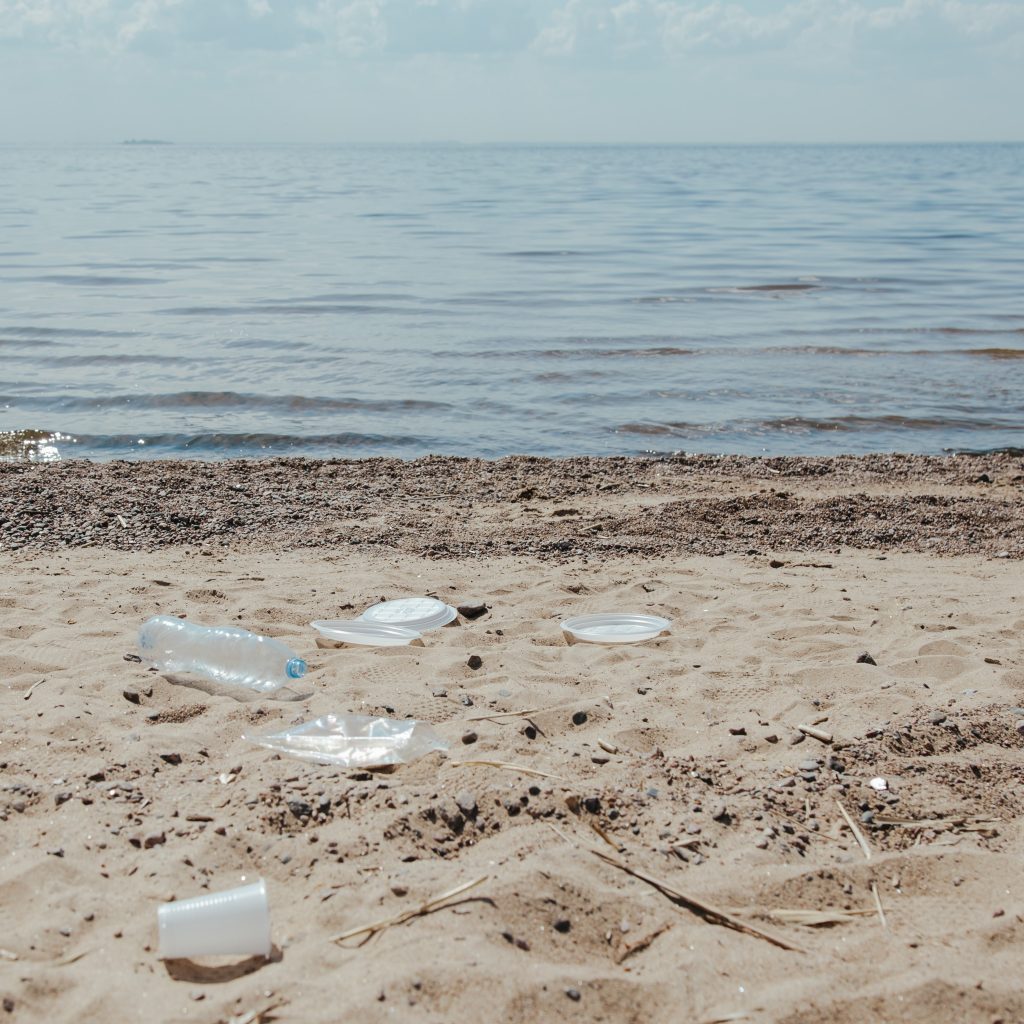
Despite many years of efforts for reduction of emissions of hazardous substances to the Baltic Sea several groups of priority hazardous substances and specific pollutants are still released to the environment through three main pathways: industrial wastewaters, municipal sewage and stormwater. While industrial sources have a solid framework regulating emissions of hazardous substances by permits of operation and by treating their wastewaters, the majority of small scale emitters in the urban areas cannot be efficiently regulated (low amounts/concentrations of the substances of concern) and controlled (large number of emitters).
Aim of the Project: NonHazCity wants to demonstrate possibilities of municipalities and WWTPs to reduce emissions of priority hazardous substances (HS) and other pollutants from small scale emitters at urban areas that cannot be reached by traditional water treatment and enforcement techniques.
Main activities:
- The substances of concern will be identified and prioritised, sources tracked and ranked, individual Hazardous Substance Source Maps and Chemicals Action Plans developed by each partner municipality;
- Municipalities will exercise own substance reduction measures at their premises;
- Private small scale businesses shall do pilot substitution actions and improve their chemical assortment;
- Inhabitants will be shown their hazardous substance emission share and test the use of less hazardous chemicals in everydays household management to help to protect the Baltic Sea environment but also their own health.
Expected results:
Most of partners plan to develop a “Chemicals Action Plan”; the project will pilot different reduction measures in the different municipalities. It will result in emission reduction from pilot actions (low cost low effort actions) that can easily be extrapolated to a larger scale and replicated by many stakeholders, other cities in the BSR and beyond; it will make proposals for actions that require investments for specific substitution cases and calculate their costs effectiveness ratio; and, finally, it will have motivated the inhabitants of the partner cities to see their contribution to a reduction of emissions from everyday use of household chemicals and cosmetics. NonHazCity builds on results from earlier projects (COHIBA, BaltActHaz, BEAST, SOCOPSE, ScorePP) by downscaling them to the local level and targeting the problem of hazardous substance emissions right at the urban nonindustrialor small scale business sources. It will take a step further than these projects by implementing concrete substance reduction measures and make the Baltic Sea region a front runner in chemicals management at the local level.
Project details
- Project name: NonHazCity
- Project management: Stockholm municipality
- Funded by: Baltic Sea Region programme 2014-2020
- Operational time: 01/03/2016 – 28/02/2019
- Project number: R010
- Project website: nonhazcity.eu
Project partners
NonHazCity acts in 10 municipalities: Stockholm, Västerås, Turku, Pärnu, Riga, Kaunas district, Silale, Gdansk, Lübeck, Hamburg
Contact persons
- Indrīda Brēmere
- Kristīne Sēnele





